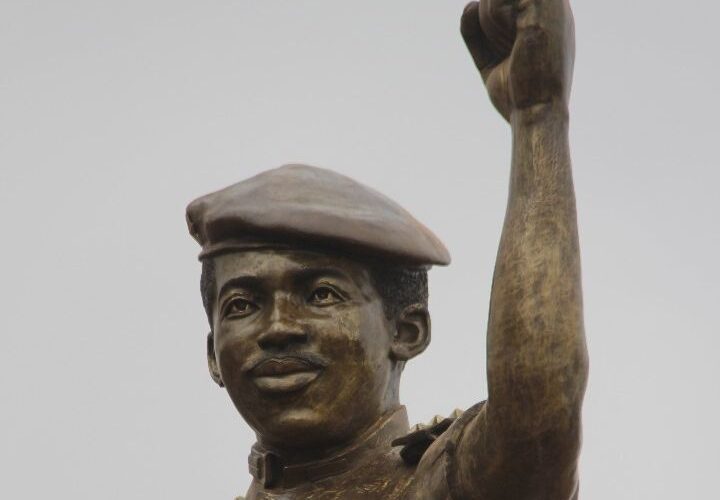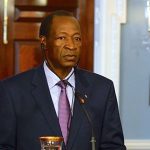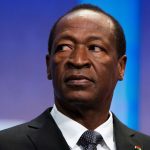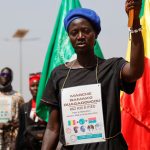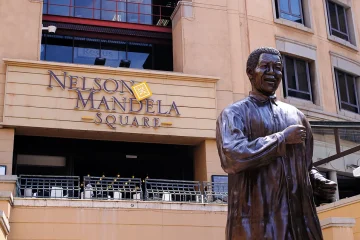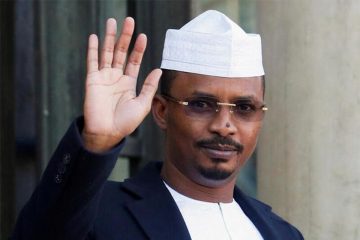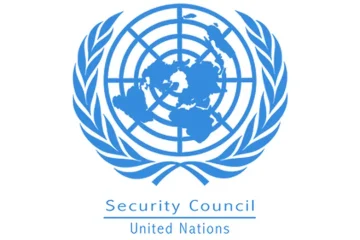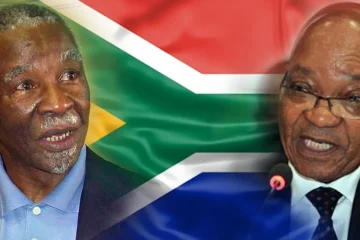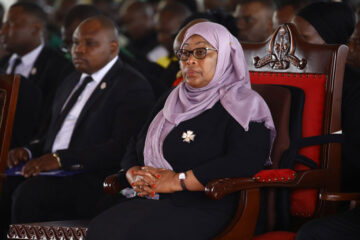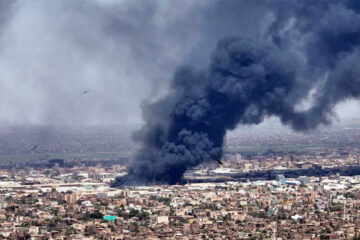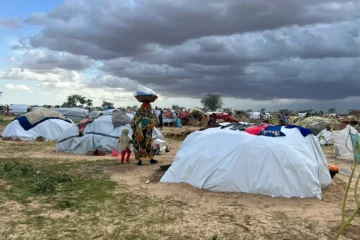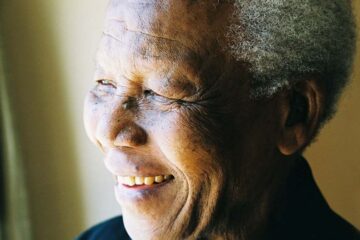A fitting tribute to a true son of Africa
MATHATHA TSEDU
Thomas Isidore Noel Sankara, speaking a few days before he was assassinated in a military coup, said: “While revolutionaries as individuals can be murdered, you cannot kill ideas”.
It was as if he was being prophetic for in death Sankara has loomed even larger than when he was alive, becoming, with his boyish features, the true poster boy of African revolutionaries.
T-shirts and the signature beret and caps bearing his image have become the must-have for young activists throughout Africa and the world. He is the African equivalent of Che Guevara.
Nothing demonstrated his iconic status than the second unveiling in May this year of his statue after many people complained that the first version of the statue did not accurately resemble their idol.
Sculptor Jean Luc Bambara had to take the statue down and rework it, fixing the gaze, amongst other features.
To make sure no one forgets, the statue stands on the site in the capital Ouagadougou where he was assassinated on 15 October 1987 by a group of soldiers believed to have been led by two of Sankara’s closest military allies, Blaise Compaore and General Gilbert Diendere.
Compaore became president after Sankara’s death and ruled Burkina Faso for 27 years. In 2014, after trying to amend the constitution to allow him to stay in power longer, a popular uprising, led by civil society organisations, toppled him and he went into exile in Ivory Coast.
Diendere remained in charge of the elite Presidential Guard and in 2015 launched a coup against the Burkina Faso Transitional Government.
The coup failed and he was arrested and charged, amongst other things, with the assassination of Sankara. Calls have been made for Compaore to be extradited back to Burkina to stand trial for Sankara’s murder and many others, including the assassination of investigative journalist Nobert Zongo.
After the assassination, Sankara’s body was whisked away and buried secretly. Attempts over the years to have his grave identified and for his remains to be exhumed were resisted by Compaore’s regime but in 2015, the Transitional Government not only gave permission but assisted the family to exhume the remains and have him reburied with due honours. The statue by Bamara was first unveiled in March 2019 before the uproar over its likeness to the man.
Why is Burkina so fixated on Sankara?
Sankara was a fiercely ideological military man who truly believed that the government was there to serve people. His political awareness is attributed to a social science lecturer in the military academy, Professor Adam Toure, who selected bright students and gave them extra lessons about socialism, imperialism and the need for agrarian reform that would make the then Upper Volta food sufficient.
In his short life, Sankara became a Minister of Information after one of the many coups in that country. But unlike his predecessors, Sankara worked for a free media, encouraging investigative journalism and allowing even public media to publish and broadcast stories about government corruption. He was fired but later became Prime Minister for a few months before he was arrested and placed under house arrest.
It was this arrest that led young soldiers, led by Compaore, to stage a coup in 1983 and made Sankara President.
Soon after taking over, he advocated for a change of the name of the country from the French Upper Volta to Burkina Faso, meaning Land of the Upright or Incorruptible People.
Sankara believed in women’s emancipation and outlawed many practices that degraded women and appointed many of them into the cabinet as well as in other senior government positions. His approach towards women’s emancipation was encapsulated in his statement that “The revolution and women’s liberation go together. We do not talk of women’s emancipation as an act of charity or because of a surge of human compassion. It is a basic necessity for the triumph of the revolution. Women hold up the other half of the sky.”
Sankara had also studied agriculture at the military academy and this saw him give more attention to both food production and protection of the environment. He ensured that over 10 million trees were planted to mitigate the encroaching desertification of the Sahel. He brought in land reform, taking from rich landlords and giving to peasants to produce food. His philosophy in this regard was: “Grow what you eat and eat what you grow”. And in a few years, Burkina became food sufficient.
He also encouraged local textile production which saw the signature Burkina cloth becoming a status symbol. His belief in buying local was unshakable. To ensure adequate health facilities for his nation, Sankara decreed that every village should build, by themselves, a medical depot where medicines were deposited by the government for the treatment of the locals. This led to health conditions in rural areas improving greatly.
Sankara also started a building programme that saw major roads constructed by locals, ensuring better transport and employment at the same time. He outlawed polygamy and reduced the powers of chiefs, who had just become feudal lords, leeching on the rural communities from whom they could demand free labour and other tithes.
Sankara appeared at the Organisation of African Unity (OAU) annual summit in his military fatigues and the signature beret and berated his colleagues for acquiescing to imperialism and domination by the west.
Believing in the rightness of his cause, Sankara naively believed that the love of his people would be sufficient to protect him. As such, being a frugal person, he lived in his mother’s house, drove a small Renault car himself, and had no bodyguards, even when he went on his morning jogs.
This was to prove fatal for the music-loving guitar-playing revolutionary, as the forces that had been benefiting from corruption massed together with his old friends and they killed him in October 1987, riddling his body with at least 12 bullets.
But in death, his stature grew to the iconic status he enjoys today. A number of books have been written about him and his speeches compiled into a volume called Sankara Speaks. In the last election, a party known as the Sankarist Party campaigned but fared dismally, largely because living true to the frugality of the man after whom they were named, they had no resources in a campaign dominated by money.
The unveiling of the statue in May is indeed a fitting tribute to a true son of Africa who wanted nothing for himself but all of Africa’s people.

